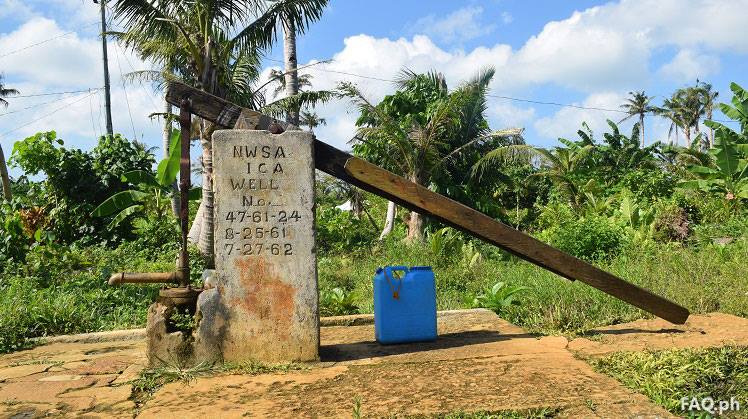
Artesian well in Mercedes, Eastern Samar, one of the poorest provinces in the Philippines.
The National Anti-Poverty Commission (NAPC) will be commemorating the National Week for Overcoming Extreme Poverty from October 17-23, 2015 with the theme, “Building a sustainable future: Coming together to end poverty and discrimination”.
The said event is in accordance to the Presidential Proclamation No. 269 series of 1993, declaring October 17 as National Day for Overcoming Extreme Poverty, and Presidential Proclamation No. 717, series of 2004, declaring October 17-23 as National Week for Overcoming Extreme Poverty. It is likewise in line with the United Nations’ “International Day for the Eradication of Poverty” on October 17, 2015. This is conducted to encourage various sectors to help in putting an end to poverty.
According to NAPC, poverty incidence in 2014 increased to 25.8%. Meaning, 1 in 4 Filipinos lives in poverty (20% or 1 out of 5 Filipino families) which is 1.2% higher compared to the 2013 first semester poverty statistics. The higher count of poor people is because food prices and the result of super typhoon Yolanda.
What is poverty incidence? It is the proportion of poor individuals/families to the population; those whose income fall below the poverty threshold or those who cannot afford to provide for their basic needs.
To be considered non-poor, a family with 5 members must earn at least P8, 778 a month. An individual also needs to earn at least P10, 534 for six months so he or she won’t be considered poor.
Following are the Top 10 provinces in the Philippines that have the highest poverty incidence among families from 2006 to 2012: [Read more…]
Latest comments